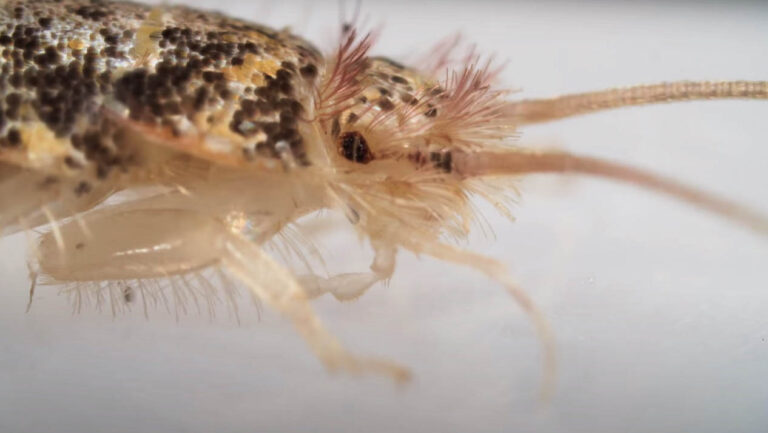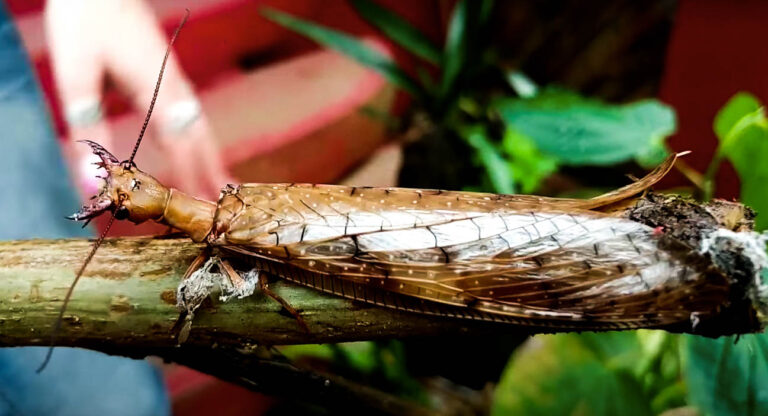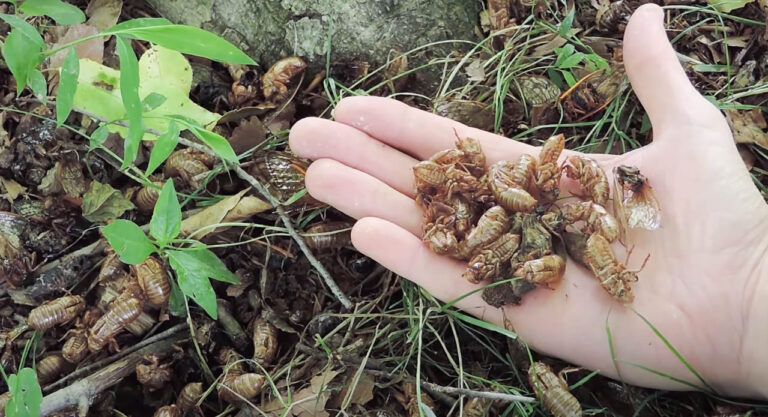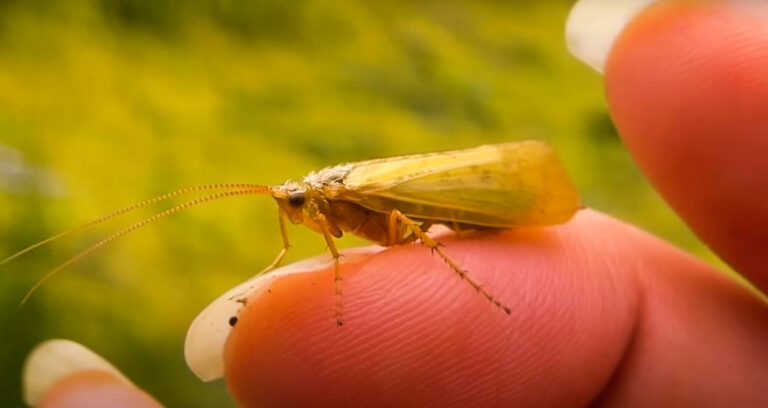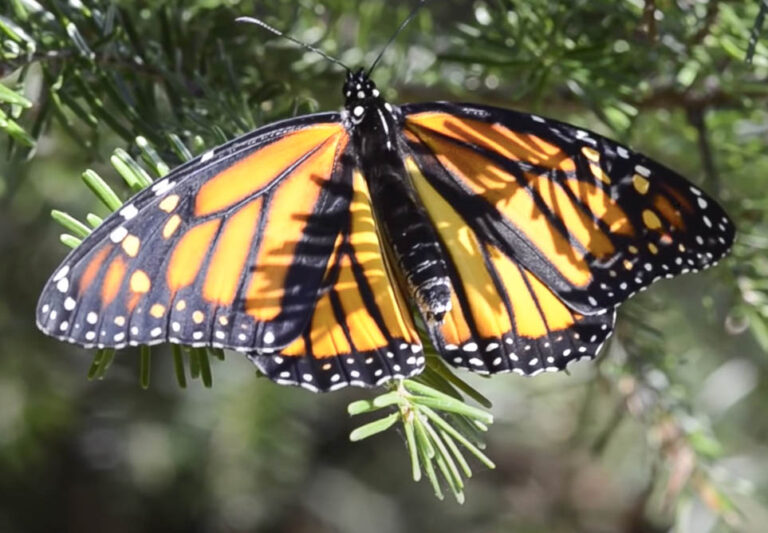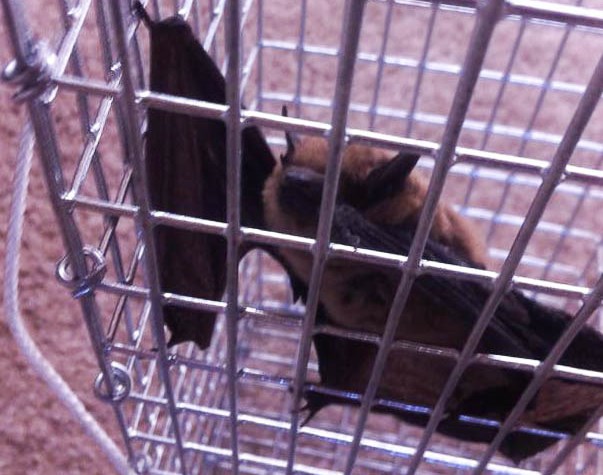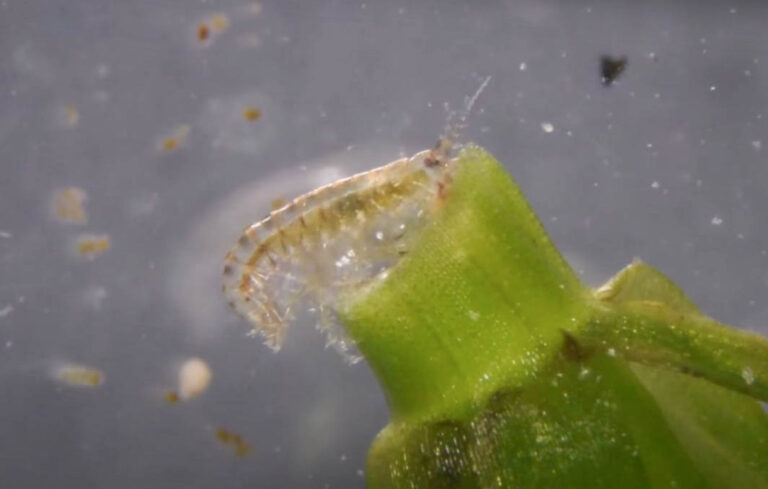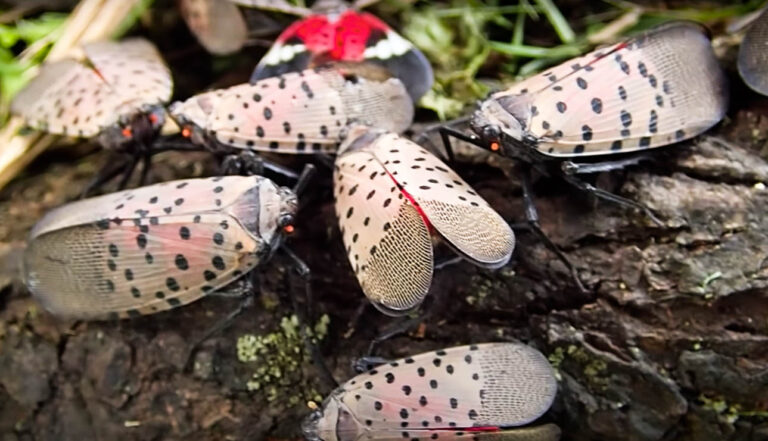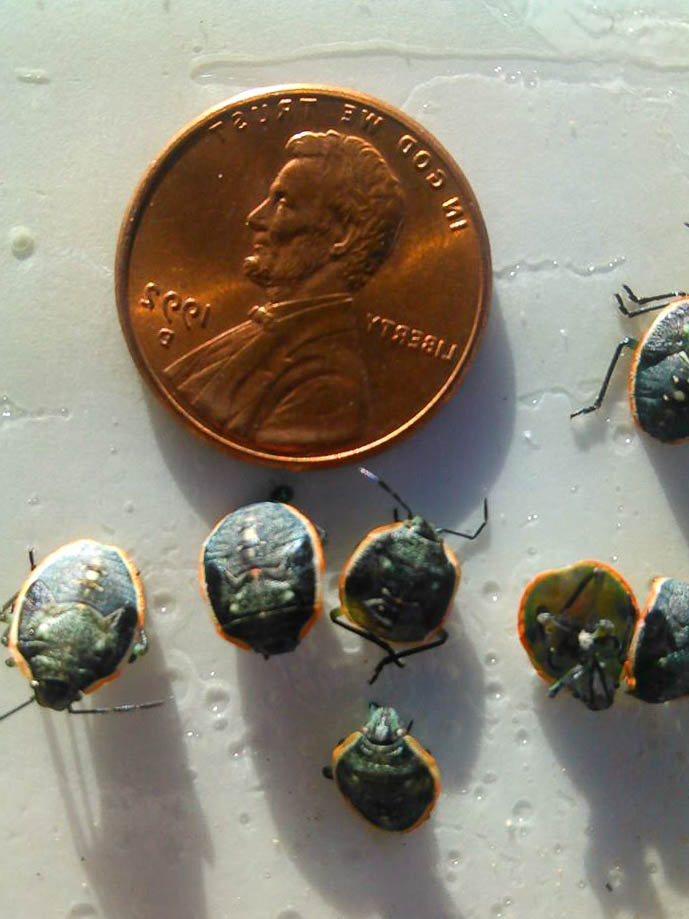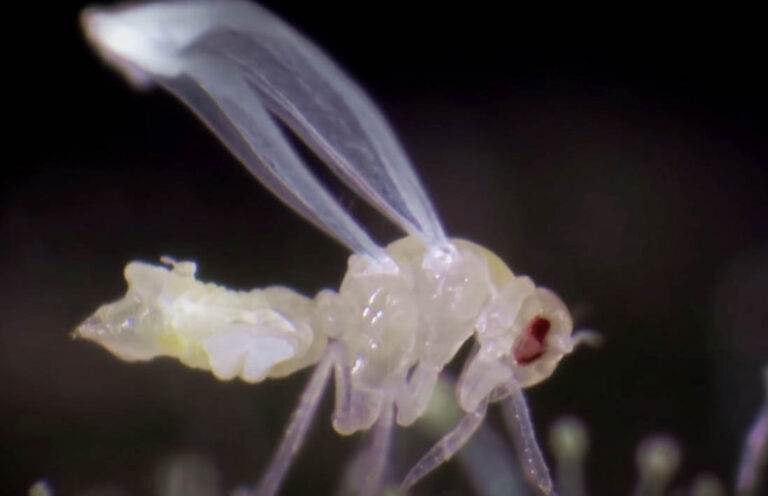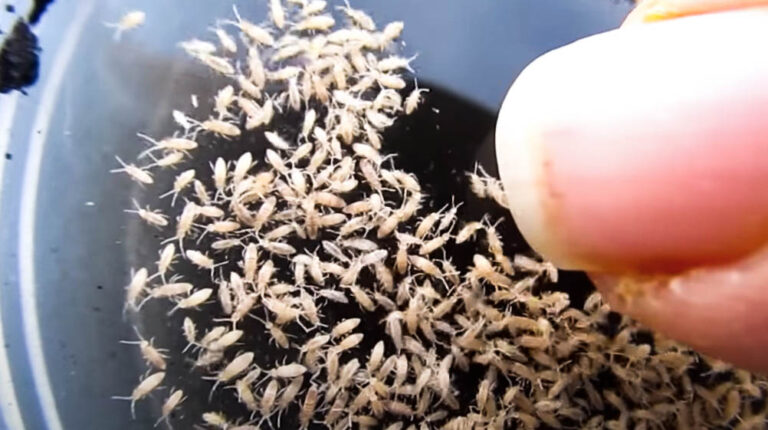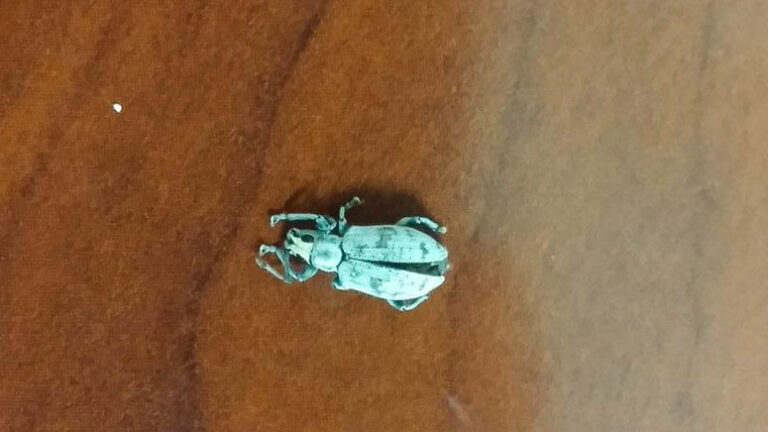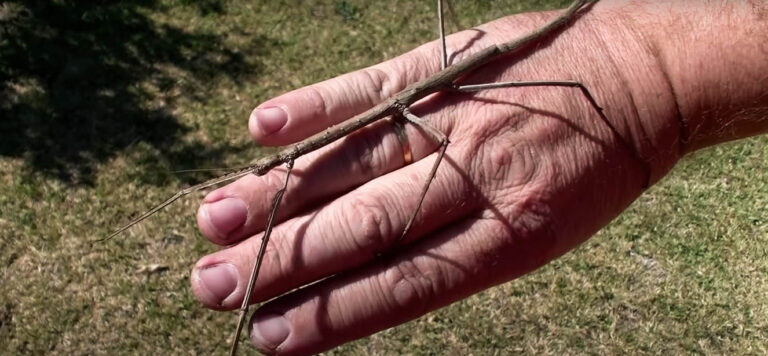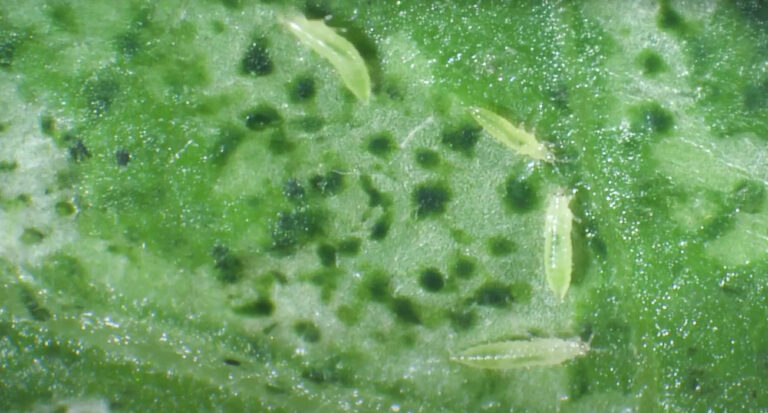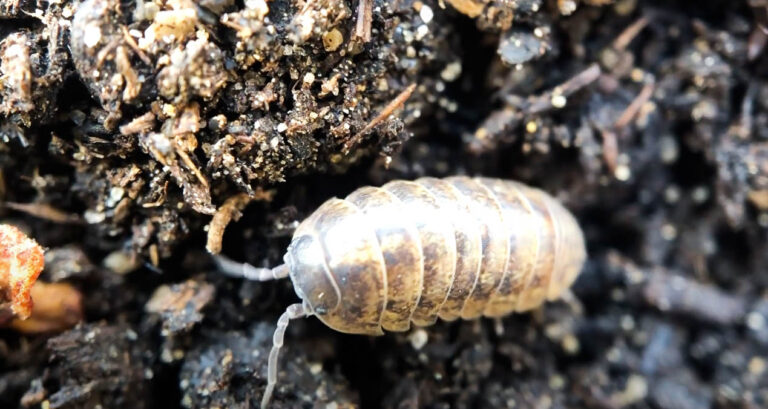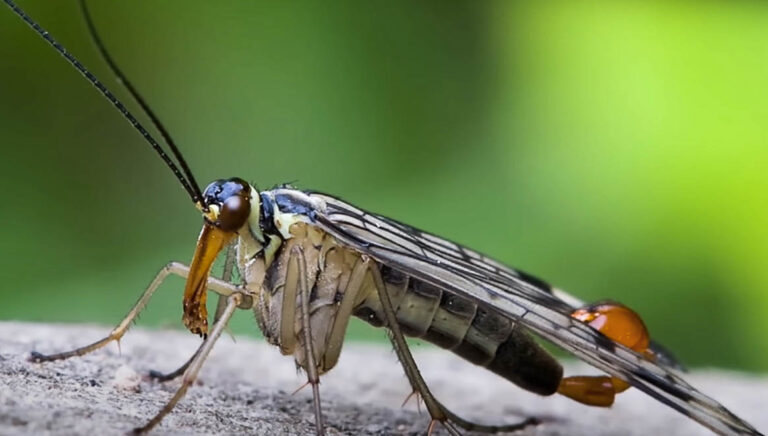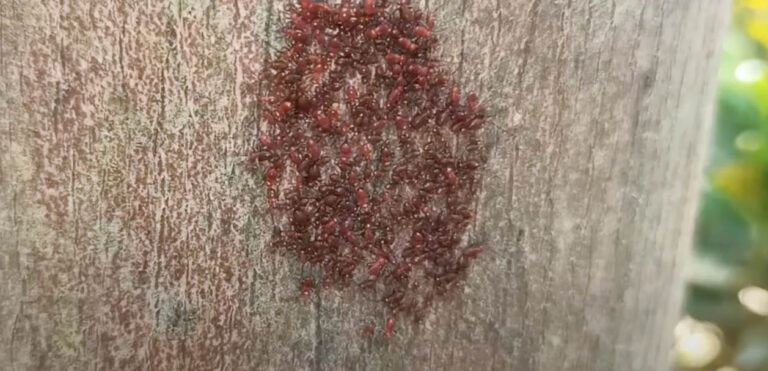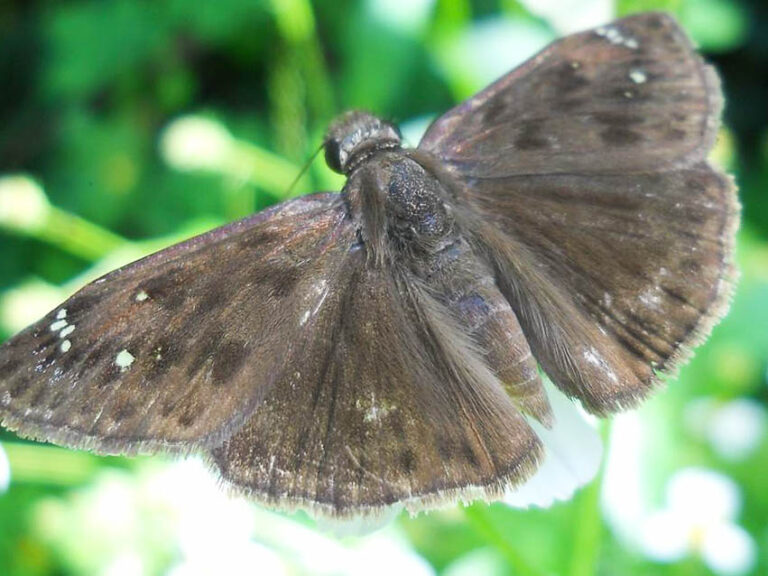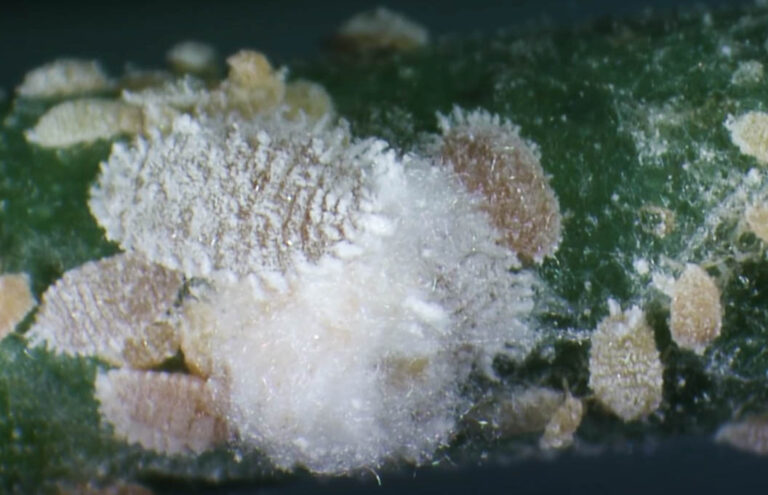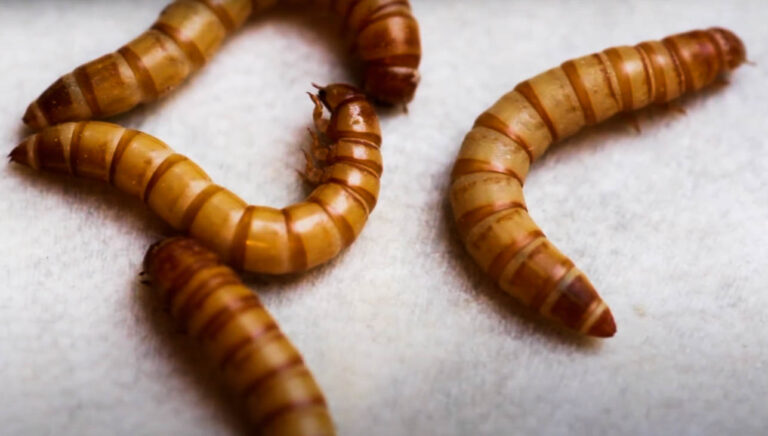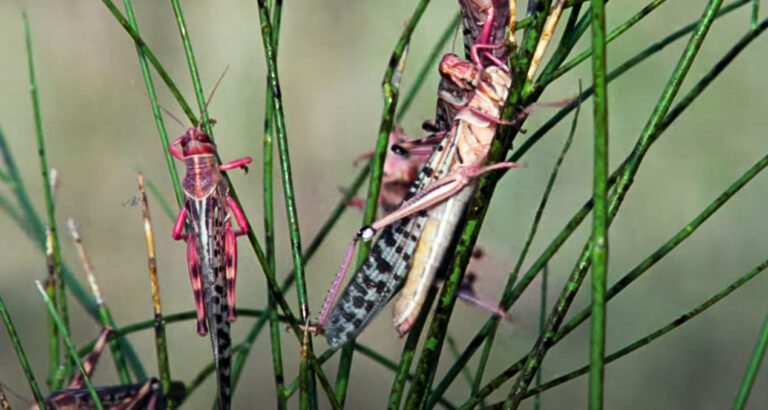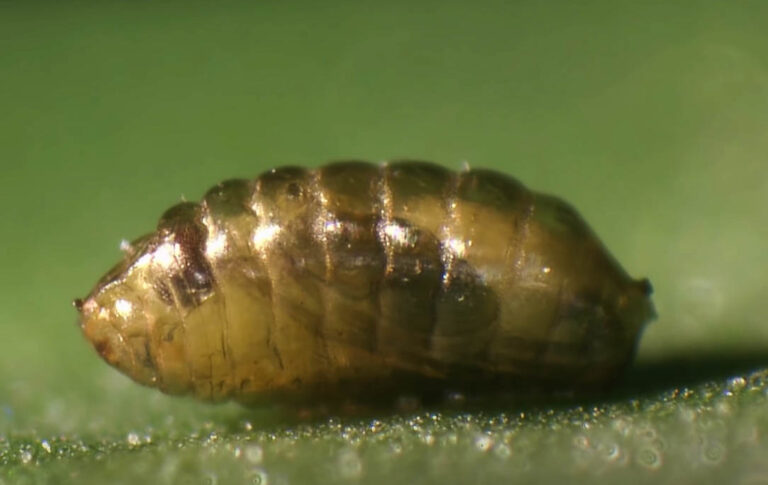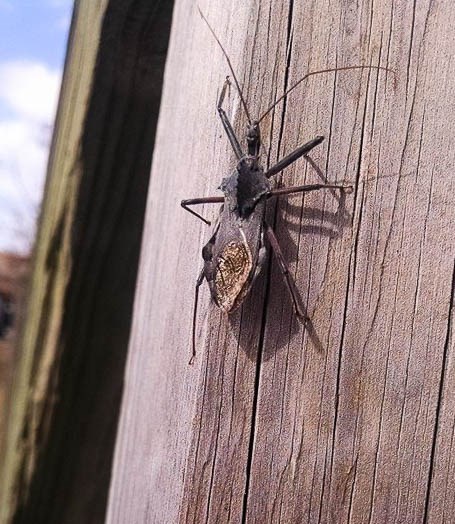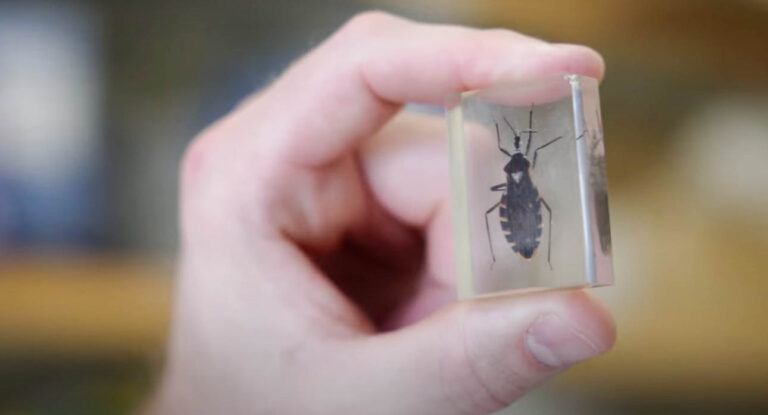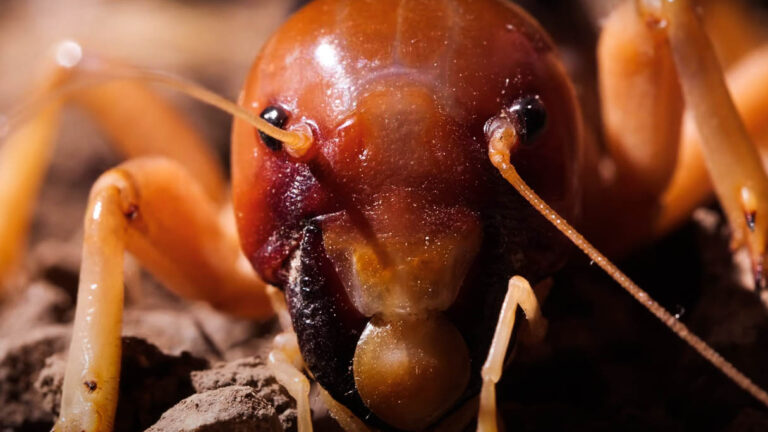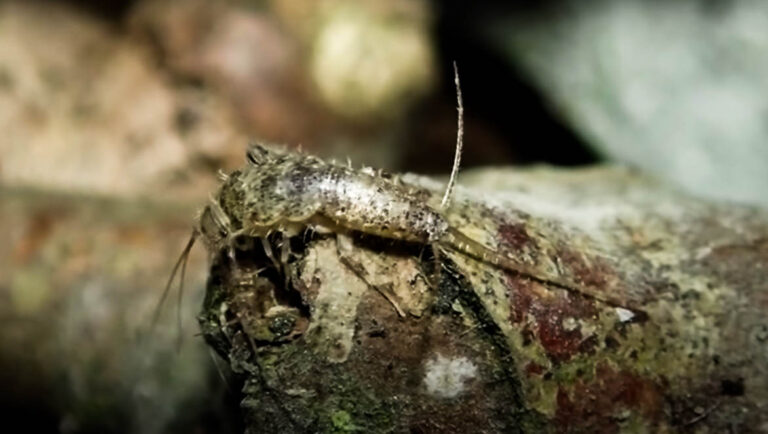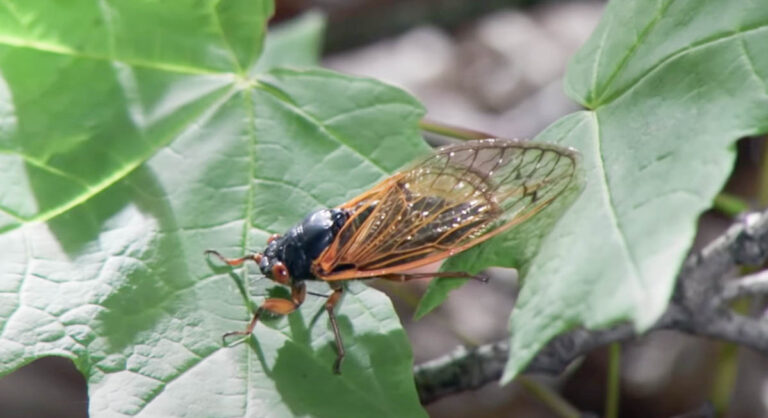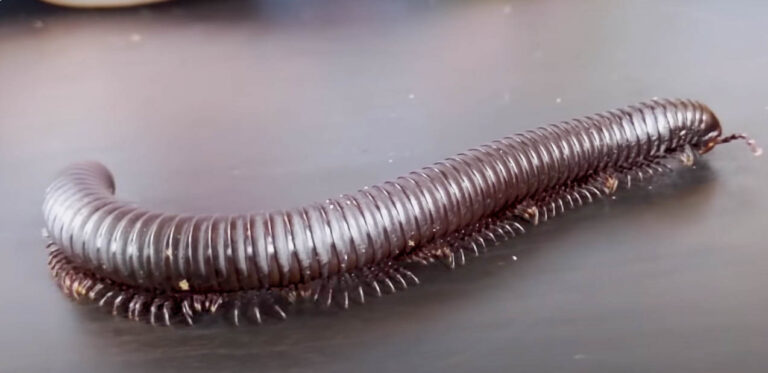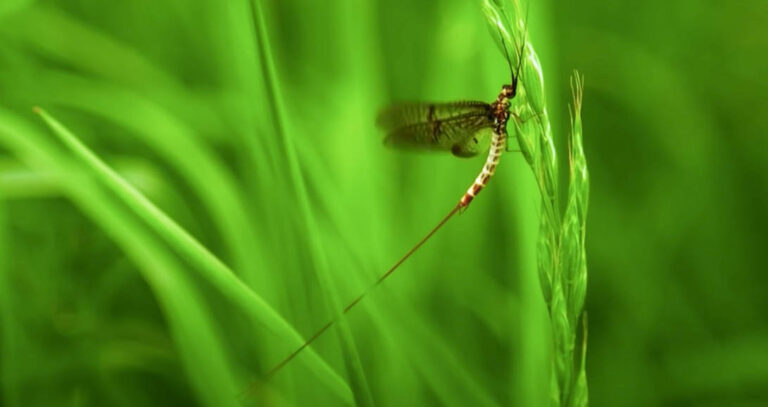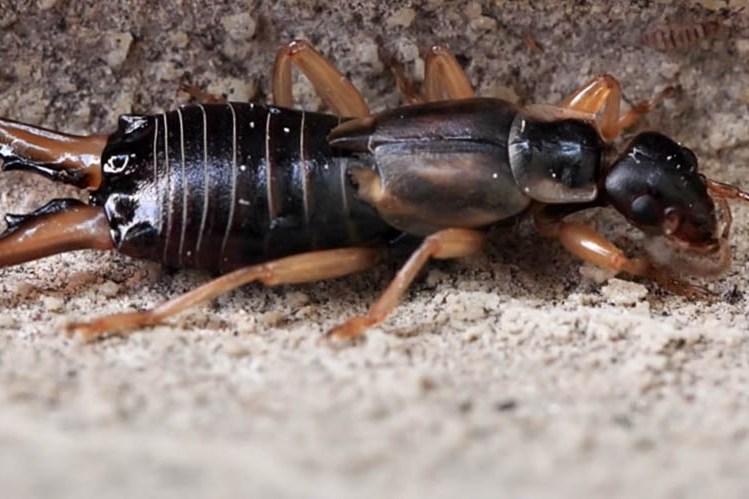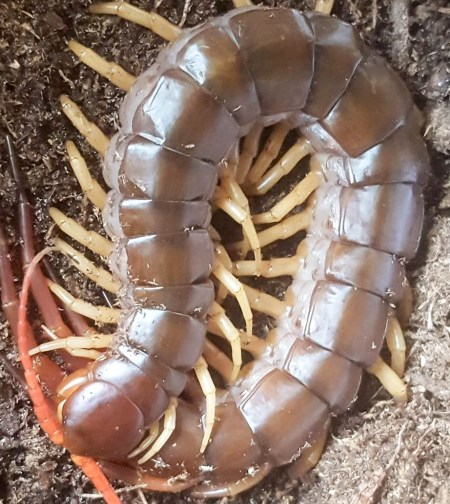About Periodical Cicadas
About Periodical Cicadas
Overview
Periodical cicadas belong to the family Cicadidae of the class Insecta, which is under the phylum Arthropoda. There are seven species of periodical cicadas. There are over 3,000 species of cicadas around the globe, and they all belong to the order Hemiptera, making them true bugs. Their closest relations are grasshoppers and locusts. Periodical cicadas have the longest lifespan of any insect species, living for 13 or 17 years.
Appearance
Periodical cicadas are among the most easily identifiable insects in the world. The periodical cicada has a black dorsal thorax paired with translucent wings that have orange veins scattered across. Periodical cicadas have six legs and six red eyes on the top of their heads.
Adult periodical cicadas are about 0.9 to 1.3 inches in length, with the females being larger than the males. They are smaller than their annual counterparts are, and their size varies across species.
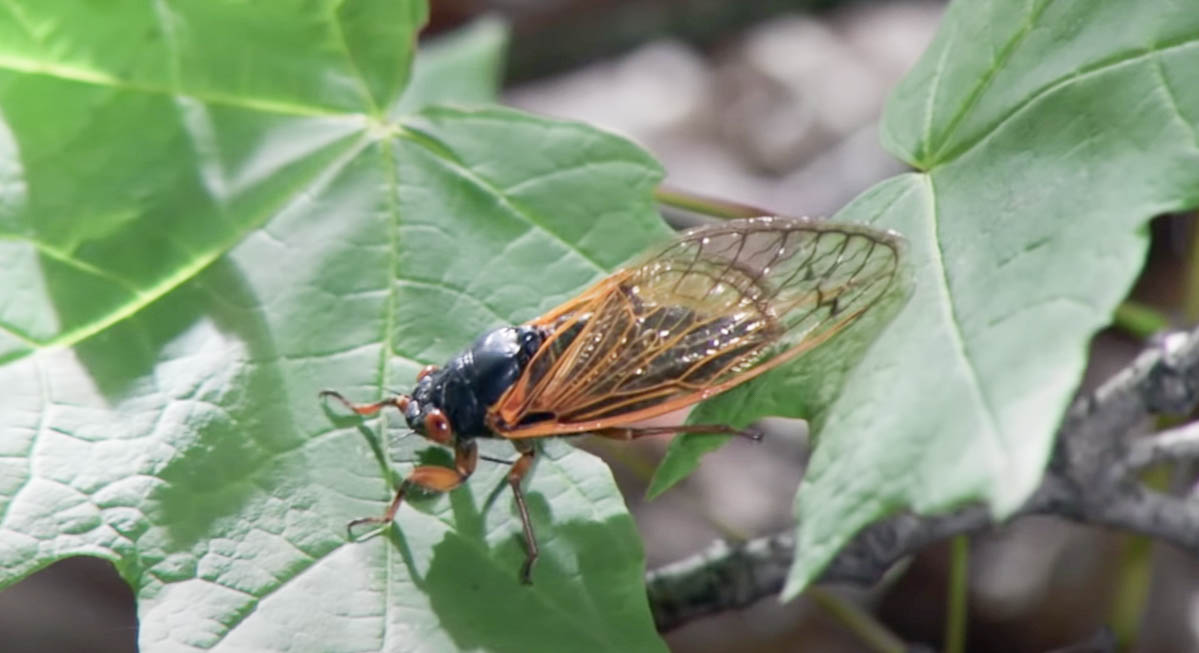
Periodical cicadas are equipped with a piercing and sucking mouthpart to feed on the sap of deciduous trees. Although they are not aggressive, their mouthparts can pierce through human skin. The sting is painful but in no way dangerous.
Periodical cicadas are hemimetabolous, undergoing incomplete metamorphosis. Female periodical cicadas lay 400 to 600 eggs during their lifetime. After completing the mating and egg-laying process, the adults die off while the newly developed offspring burrow into the soil to begin the next stage of their lifecycle.
Periodical cicadas spend the majority of their lives as nymph undergoing five instar stages. The larvae feed on plant roots while underground. They spend either 13 or 17 years before emerging as adults. Adults only live for a few months feeding, mating, and finally dying off.
Behavior
Adult periodical cicadas are mainly active during the day, with only a few species being nocturnal. They spend nighttime and early mornings resting in deciduous trees.
During mating periods, male periodical cicadas form large crowds to serenade and attract receptive females. Their songs are so loud that you can hear it even if you are 1/2 a mile away. Each species of periodical cicadas has a unique calling song that they use to attract females.
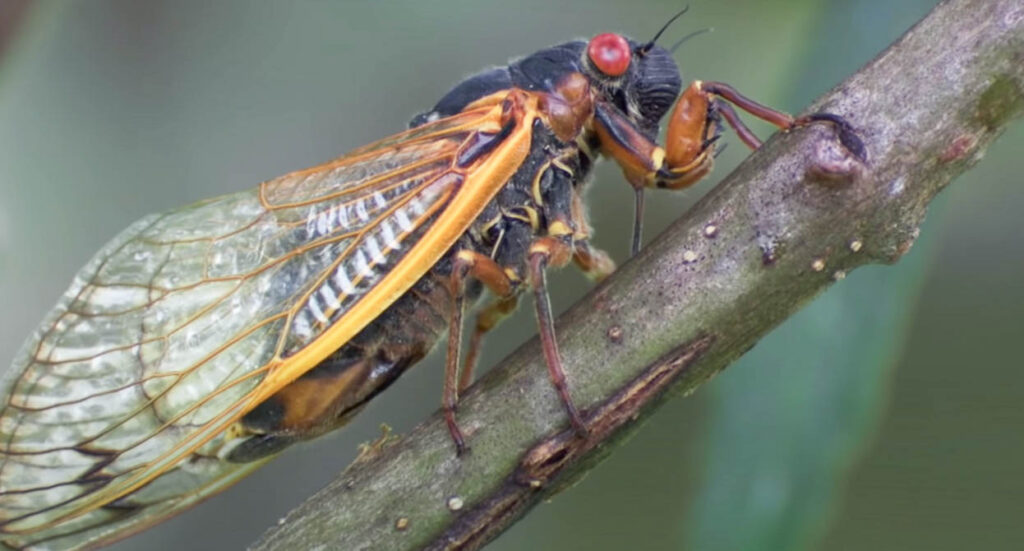
Habitat
Periodical cicadas spend most of their lives developing in their underground habitat. They emerge from their subterranean homes during the summer. Newly emerging adults remain above ground molting, copulating, and laying eggs in slits made in small tree branches. They make their way into homes through open doors and windows.
Damage They Cause
Cicadas do not physically threaten humans as they neither sting nor bite. Apart from their loud noises, they are passive. However, their overwhelming numbers scare people living nearby and make it difficult for road users to navigate.
Periodical cicadas feed on the sap of deciduous trees, but mature trees do not suffer substantial damage like young plants do. They might experience flagging in places where the periodical cicada lays its eggs and twigs may die-off, but that is about how much deciduous trees suffer from them.
Infestation Signs
Periodical cicadas do not infest homes. They, however, emerge in large numbers during the summer, and their overwhelming numbers are hard to miss. They appear between a few hundred to thousands of cicadas per acre.
Although they are strong fliers, they are very clumsy, making their way into homes through open doors and windows. Nevertheless, they are unable to breed indoors, so a house infestation is an unlikely occurrence.
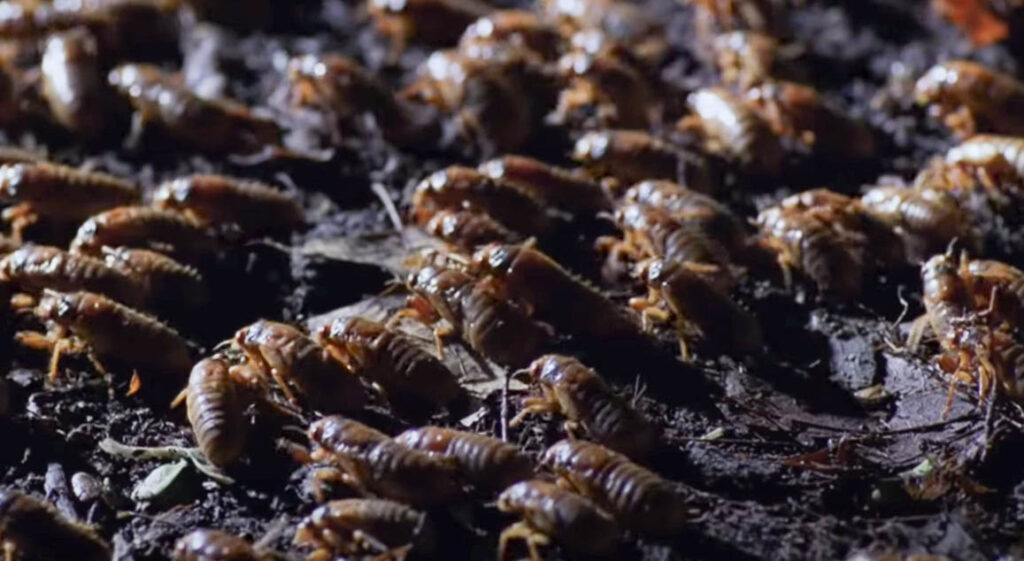
How to Get Rid of Them
Periodical cicadas are only active for a few months after they emerge from their underground base. Getting rid of them is quite tasking as they appear in large numbers. The first step to take is to understand how periodical cicadas behave. That way, you will be able to anticipate when and where they will emerge.
You can prevent them from destroying young trees—cover young trees with tightly knit netting or cheesecloth. The net should be large enough to cover a substantial surface area. You can also use a garden hose to knock down cicadas.
Generally, hiring a pest control company is the wisest thing you can do if you notice a swarm of periodical cicadas lurking close to your home. Their technicians will prepare a treatment plan for you based on the results of their inspection. Chemical sprays are ineffective due to their large numbers and lifespan.

